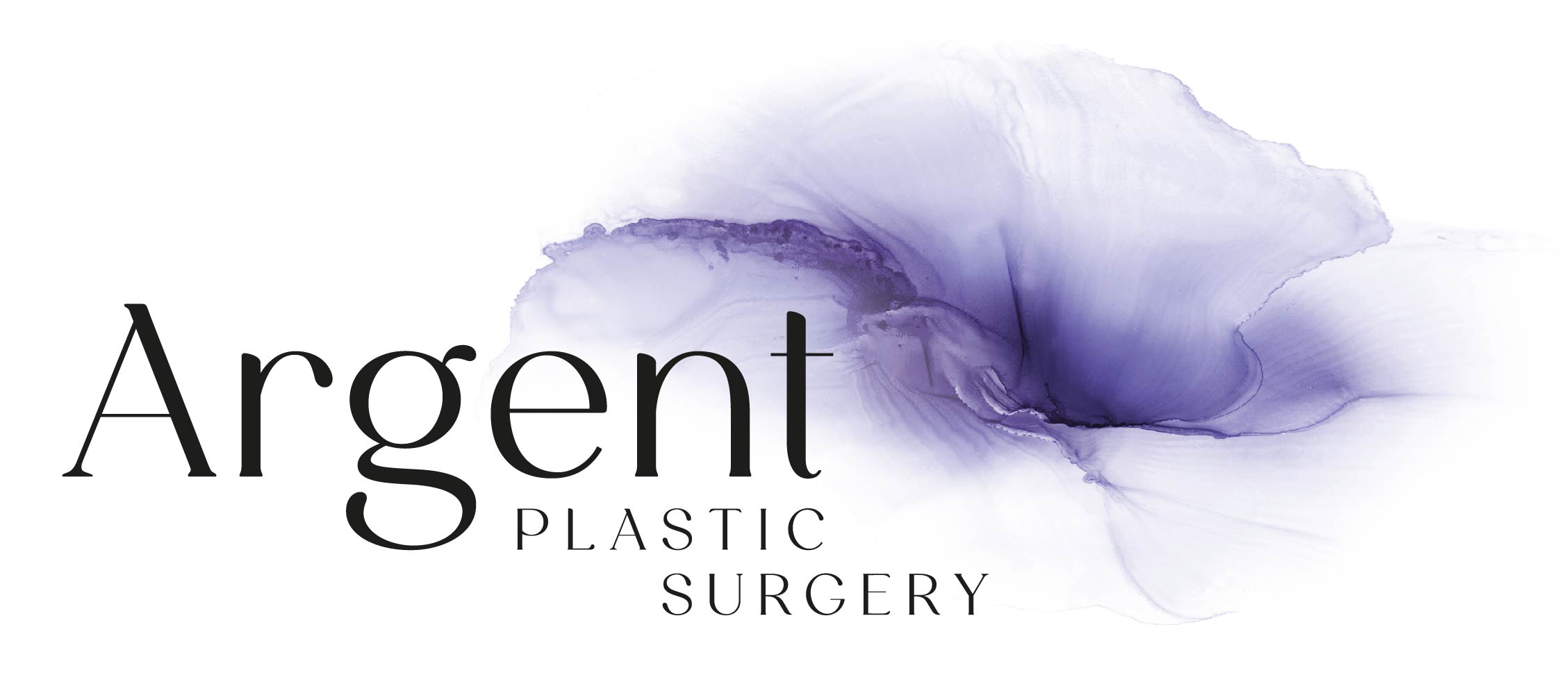
What is Facial Fat Grafting?
Fat is also known as adipose tissue or adipocyte. When we transfer fat grafts, we not only transfer the adipocytes, we also transfer other active tissue like adipose-derived stem cells and progenitor cells which helps with the rejuvenation process.
Facial fat grafting is a tremendous tool for facial rejuvenation. It is ideal for volumization and restoring appropriate proportions to the face by restoring loss from bony resorption and volume deflation that occurs with aging. The rejuvenating effect from the adipocyte-derived stem cells also helps improves skin thickness, reduce wrinkling and pore size.
It has the potential for permanence when to fillers and collagen stimulators. However, if you have excessive loose skin and saggy face, it may not be adequate as the primary treatment option.
Facial fat grafting can also be used to treat facial soft tissue defect that occurs as a result of birth defects or when acquired from accidental trauma or from tumour resection.
How is it done - Where is fat harvested?
Liposuction is done to harvest the fat grafts. Common areas for fat harvest include the abdomen, flanks and medial thighs This is performed through sub-centimetre incision in the area of choice.
How is it done - Type of Anaesthesia
Facial fat grafting can be performed under local anaesthesia with or without sedation, as well as general anaesthesia depending on the patient’s comfort level and desires.
For concomitant larger volume liposuction, it may be more comfortable to be performed under sedation or general anaesthesia.

Preparation of nanofat grafts
How is it done - How is the fat prepared and injected?
The fat grafts are harvested through sub-centimetre incision using cannula.

Preparation of nanofat grafts
They are then centrifuged to separate out the unwanted components (oil, blood, local anaesthetic and other noncellular material). These fats can be further processed into nanofat grafts for more superficial injections, particularly for facial fat grafting. It can be injected into any areas of the face.
Injection of the fat grafts are in tiny aliquots to the desired areas. Placement of fat in tiny aliquots is crucial to the survival of the fat grafts, as it will allow for adequate blood vessel to supply the fat graft and reduce complications.
Generally about 60-70% of the fat grafts will survive and remain permanent.
What you should Avoid Before and After the Surgery
Certain medications like blood thinners, aspirin, non-steroidal anti-inflammatory drugs, certain supplements that cause bleeding should be stopped.
Smoking will affect the fat graft survival and should also be stopped for at least 4 weeks before and after the surgery.
Avoid deep massage to the grafted areas, as it can cause the fat grafts to migrate or undergo necrosis.


